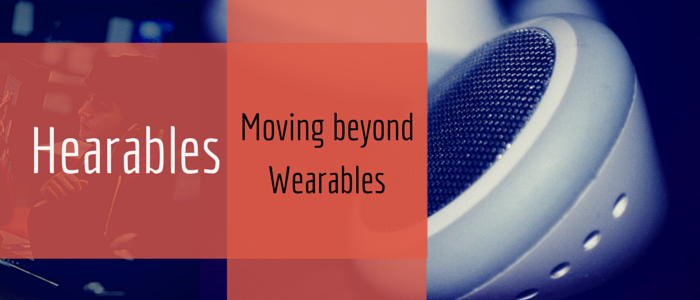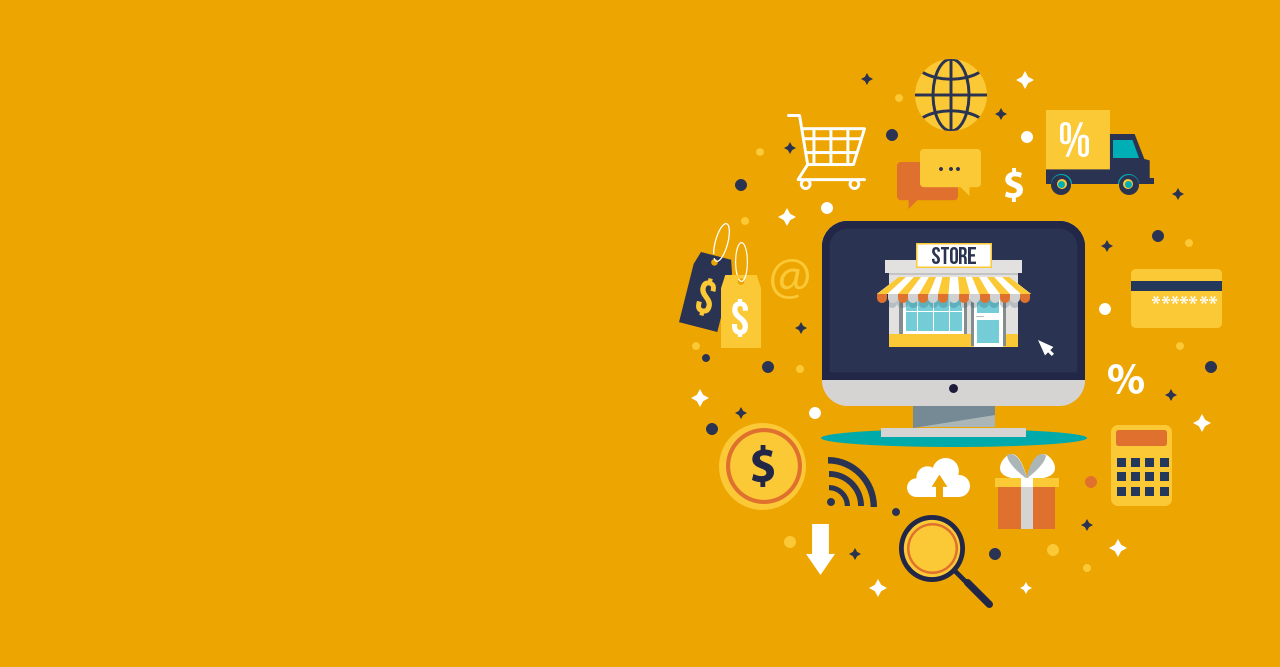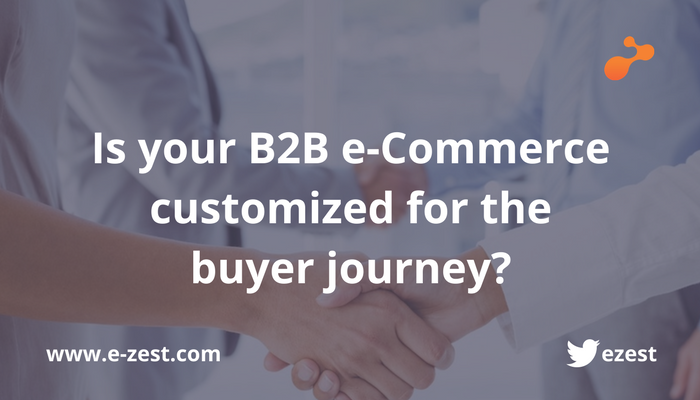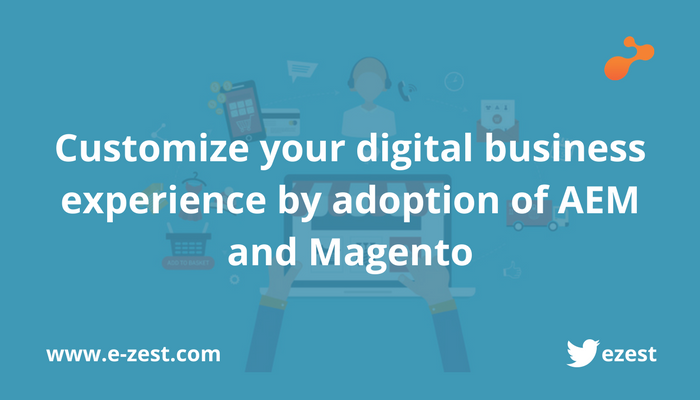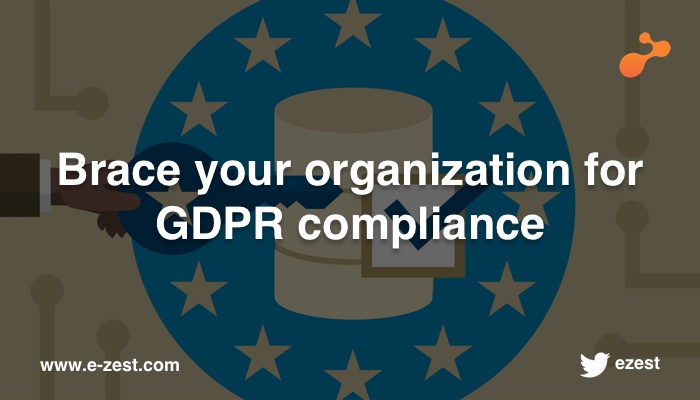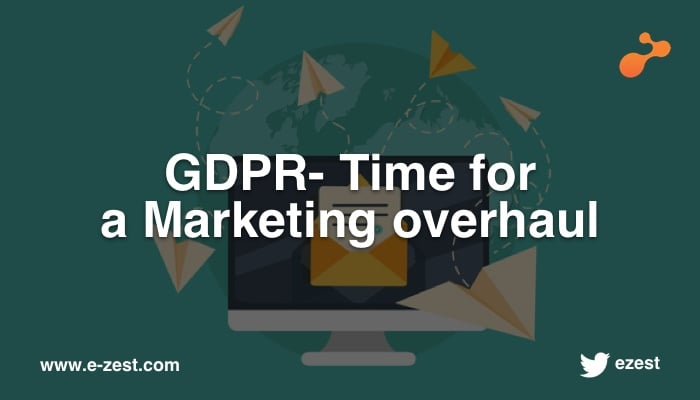 The recent Apple Event, on April 9, unveiled Apple Watch, which had been nicknamed as the iWatch.
The recent Apple Event, on April 9, unveiled Apple Watch, which had been nicknamed as the iWatch.
A few years ago Steve Jobs had squeezed computing to fit into the pocket and now Tim Cook has squeezed it further to a coin-sized watch, making computing really personal. Apple Watch can’t be used in isolation yet, but even then it has definitely put a milestone in the journey of wearable technologies. Apple is not the first to introduce the smart watch but the way they have tied this piece of technology to design is going to make a big difference in the mainstream adoption of wearables.
The Apple Watch has many interesting features worth exploring. This watch has barometer and pressure sensors built-in. So this device is aware of the environment outside. Thus it responds to a new kind of input, which is a novel thing. With these new additions and previously popular features, Apple Watch-like wearables can have tremendous scope in variety of industries from manufacturing to healthcare to sports.
Smart-watch can bring revolution in work method study as exact travel path and time can be mapped to make activities more efficient.
The Apple Watch can also keep a tab on heartbeats and other physiological factors to decide stress levels of the team members while at work. Hence, HR can use this data to identify best work times to arrive at more streamlined work patterns and training.
Tactic (originally Haptic) feedback can inform workers in the manufacturing industries for variety of alerts. This is useful where work conditions are very noisy and need continuous attention of the worker on the task. This kind of tactic feedback will alert the user without them having to take away their eyes off their work. Also, the built-in barometer can help in knowing the altitudes of workplaces. Though this will not be very accurate for now but even approximate values are a good thing to have where no other support is available.
The immediate beneficiary of Apple Watch would be the sports industry. Apple has already talked much about it. The sports-men would find great usage from performance metrics and stats that would be accessible on the run.
Marketers will benefit most when these smart-watches will work in conjunction with NFC. Current Apple's Bluetooth-based product, iBeacon and systems like those need users attention, but with smart-watches users will get notification about a new deal or anything just by the tap like feedback on their wrist.
The possibilities are limitless with smart-watches as a wearable device. Enterprises and developers need to look at these avenues creatively. Currently, industries are focusing on porting web and desktop applications to mobiles but now they will have to consider porting mobile apps to smart-watches too.


